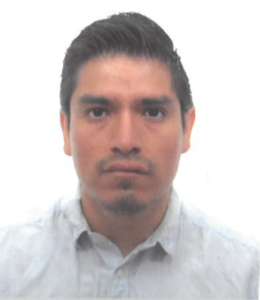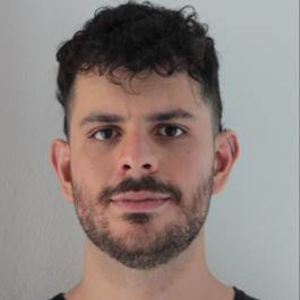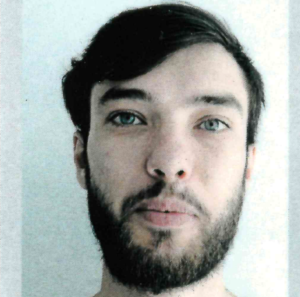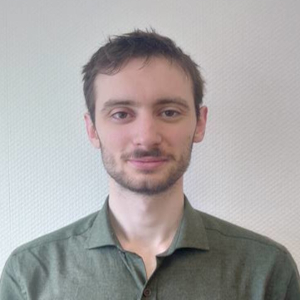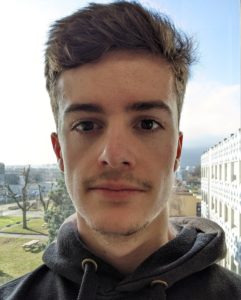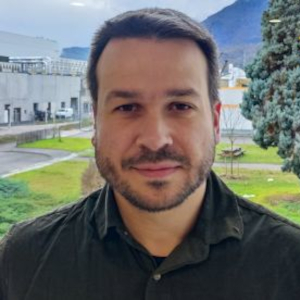Overview
Our team aims at manipulating spins currents in nanostructures, in particular in quantum materials with Dirac fermions, such as topological insulators or Weyl semimetals, or at oxide interfaces. Some important aspects of future spintronics devices, such as the efficient spin-charge interconversion at interfaces or the ballistic transport of spin states for quantum interconnects, are studied by magneto-transport measurements.
Research topics
Spin-Charge interconversion
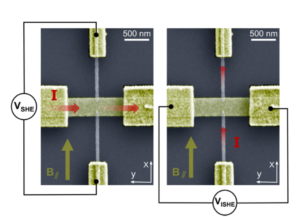
Nanostructure made of a horizontal stripe of spin Hall effect material, with two vertical ferromagnetic electrodes to probe the spin accumulation or to inject spin currents. The nanostructure allows probing both the charge-to-spin (left) and spin-to-charge (right) conversions due to the spin-orbit coupling.
Control of magnetization
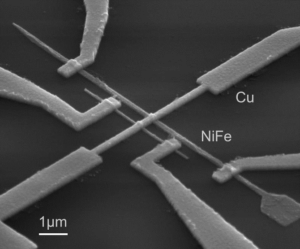
Nanostructure possessing NiFe nanowires, in which magnetic domain walls can propagate. When located at the vicinity of the Cu nanowire, the domain wall can be used to inject or detect pure spin currents.
Ballistic spin currents
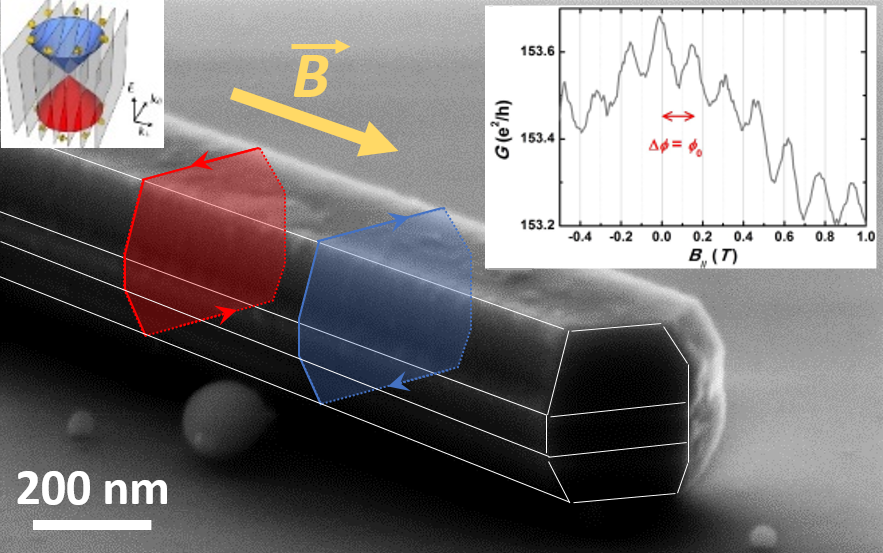
The ballistic surface Dirac fermions in a 3D topological insulator propagate on the cristal faces of a quantum wire. The well-defined cross section gives flux-periodic Aharonov-Bohm oscillations of the resistance, due to quantum interference, for a magnetic induction applied parallel to the nanowire. The spin-helical surface modes offer new possibilities to build quantum spintronics devices of simple geometry, either for dissipationless long-range interconnects or local spin filtering controled by a magnetic field or an electrostatic gate.
The team
Former members
Post-docs
- Yu FU (2015-2016)
- Juan Carlos ROJAS SANCHEZ (2010-2013)
- Yu FU (2015-2016, 2018-2019)
PhDs
- Andrei Mihai (2006-2009)
- Van Dai Nguyen (2009-2012)
- Piotr Laczkowski (2009-2012)
- Williams Savero-Torres (2011-2014)
- Pham Van Tuong (2014–2017)
- Gilles Zhand (2014-2017)
- Toshiki Gushi (2016-2019)
- Paul Noël (2016-2019)
- Aoyu Tan (2018-2021)
- Valentin Labracherie (2017-2021)
- Maxen Cosset-Cheneau (2019-2022)
- Sambit Ghosh (2019-2022)
Internships
- Williams Savero-Torres (2011)
- Gilles Zahnd (2014)
- Paul Noël (2016)
- Maxen Cosset-Cheneau (2018)
- Timothé Faivre (2009)
- Hélène Durand (2005)
- Andrei Mihai (2006)
- Carl Naylor (2011)
- Quentin Thiburce (2013)
- Clément Nguyen (2013)
- Sarah Ferry (2009)
- Cédric Mannequin (2008)
- Quentin Riffard (2010)
- Willy Lim (2016)
- Matthieu Praquin (2018)
- Marie-Paule Okinda (2020)
Visitors
- Sara Varotto (2019-2020)
Projects
- ANR Contrabass (2020-2023)
- ITN H2020 Spears (2021-2024)
- ANR Oiso (2017-2021)
- ISP Idex UGA DOMINO (2018-2021)
- FET Proactive H2020 Tocha (2019-2023)
- IRS Idex UGA (2017-2020)
Partners
- Tsukuba University (Japan)
- Unité mixte de Physique CNRS/Thalès (Orsay)
- Néel Institute (Grenoble)
- Leti (Grenoble)
- Institut Jean Lamour (Nancy)
- Leibniz Institute IFW (Dresden)
- Technical University (Dresden)
Recent news
- Nonlinear properties of pure spin conductors (June 21st, 2018)

N. Thiery, A. Draveny, V. V. Naletov, L. Vila, J. P. Attané, C. Beigné, G. de Loubens, M. Viret, N. Beaulieu, J. Ben Youssef, V. E. Demidov, S. O. Demokritov, A. N. Slavin, V. S. ... - Sub-10nm thermally stable Perpendicular Shape Anisotropy STT-MRAM realized at SPINTEC (March 08th, 2018)

A team at SPINTEC in Grenoble has demonstrated thermally stable and electrically switchable Spin Transfer Torque MRAM (STT-MRAM) of diameter down to 4nm. Among the various technologies of non-volatile memories, STT-MRAM gathers a unique combination ... - Giant magnetoresistance in lateral metallic nanostructures for spintronic applications (January 22nd, 2018)

This study discuss the shift observed in spintronics from the current-perpendicular-to-plane geometry towards lateral geometries, illustrating the new opportunities offered by this configuration. The possibility to combine ultrathin magnetic and non-magnetic layers allowed creating hetero-structures whose ... - PhD thesis defense : Spin accumulation effects and magnetoresistance effects in lateral nanostructures (November 08th, 2017)

On Wednesday, the 15th Of November 2017 at 10h00, Gilles ZAHND from DRF/INAC/SPINTEC, will defend his PhD thesis entitled “Spin accumulation effects and magnetoresistance effects in lateral nanostructures” Place : Amphitheater from CNRS building A-3rd floor ... - Electrical detection of magnetic domain walls by inverse and direct spin Hall effect (August 28th, 2017)

Spin orbit torques allow to move efficiently DW in tracks made of ferromagnetic/spin Hall effect bilayer. Domain wall (DW) detection is then of great importance. In this letter, we demonstrate a detection method, based on ...

